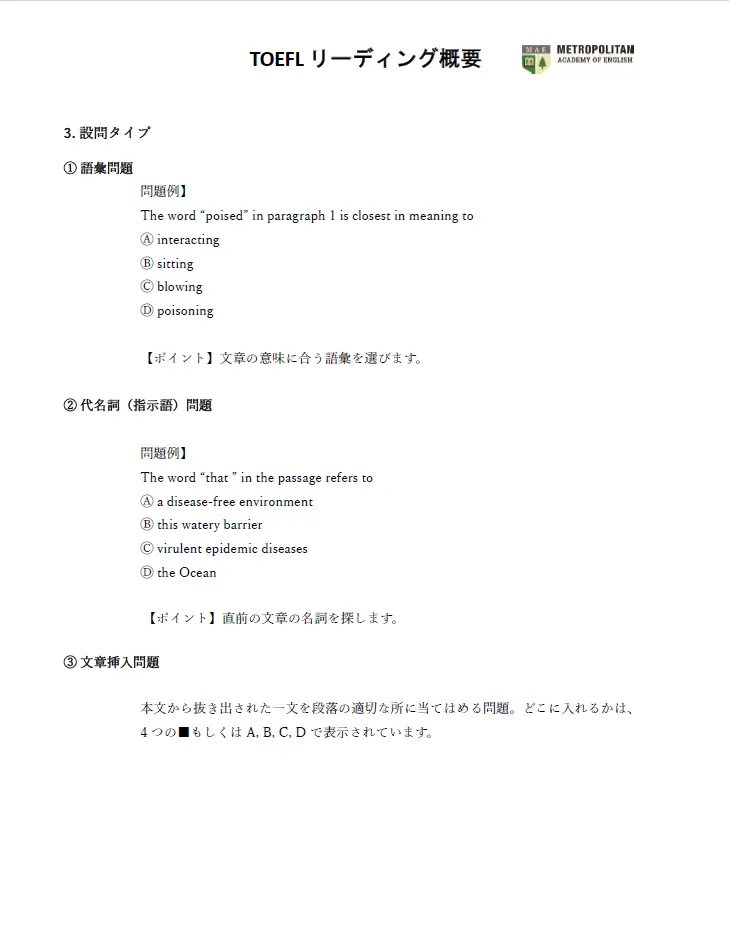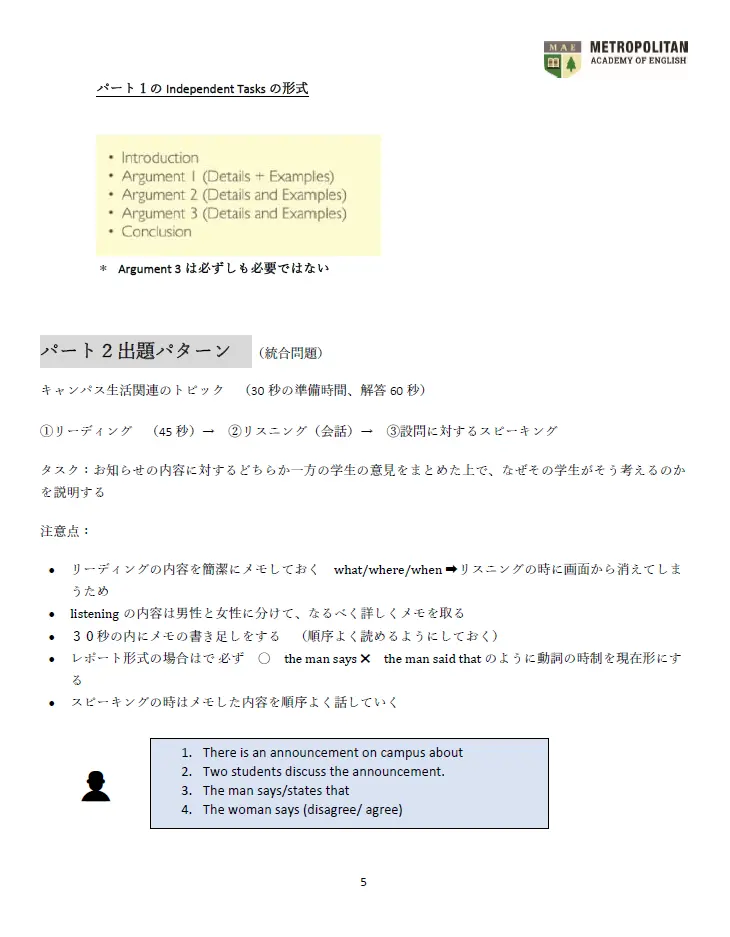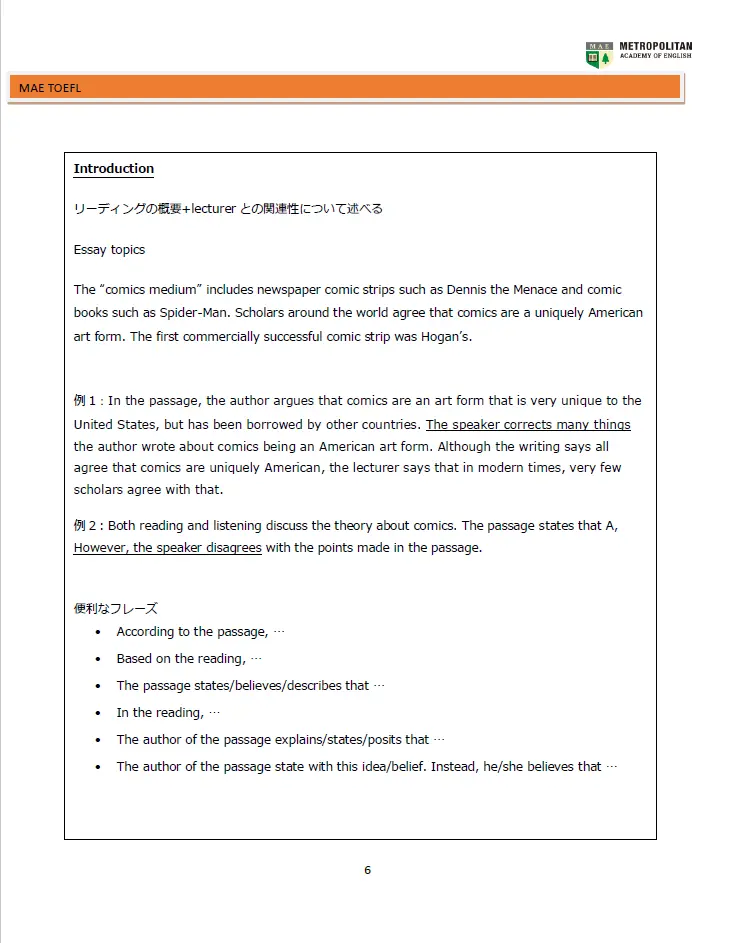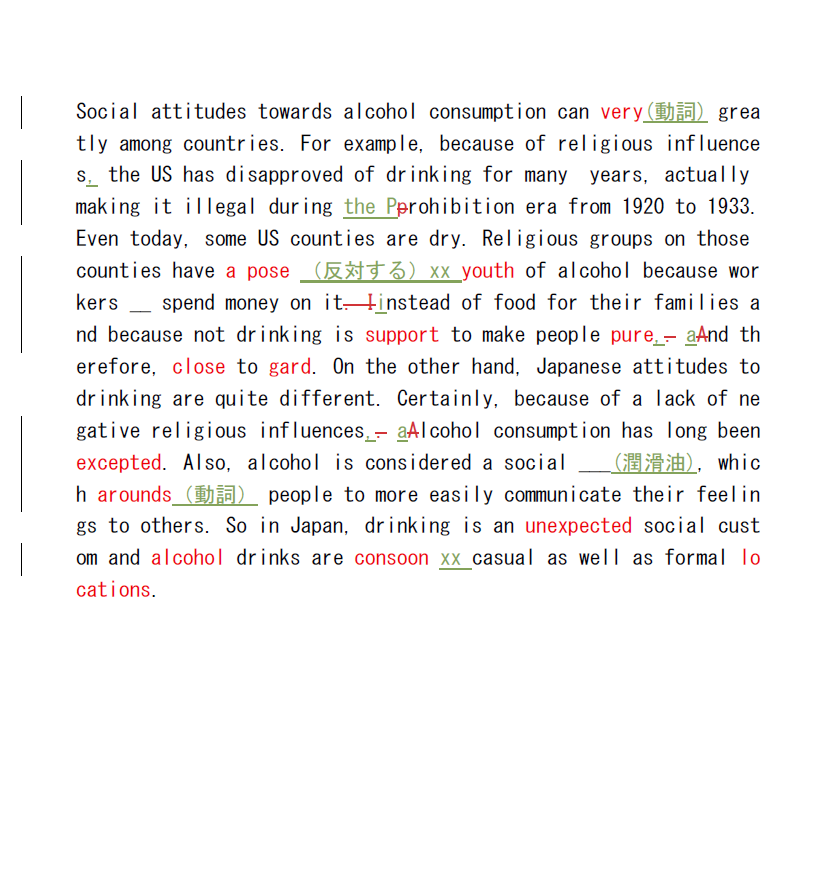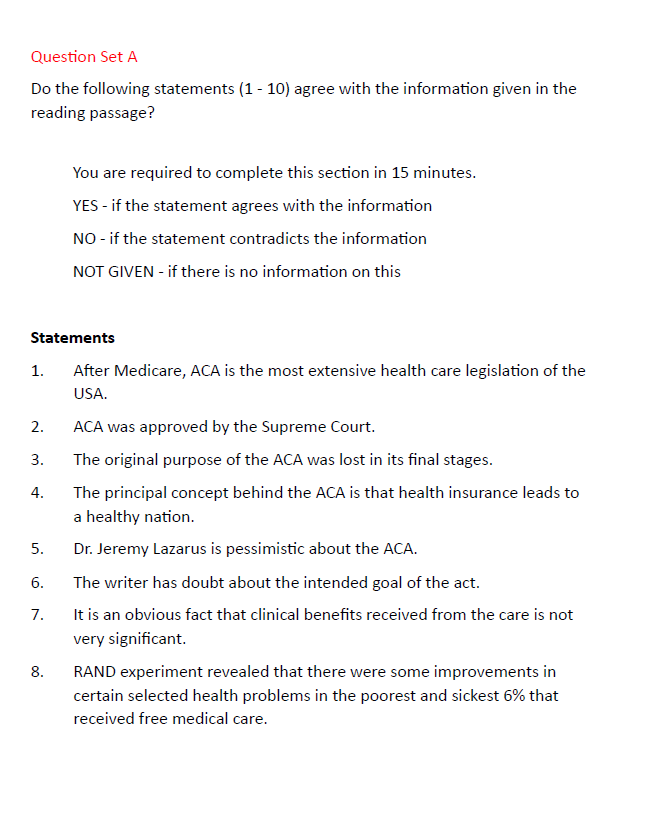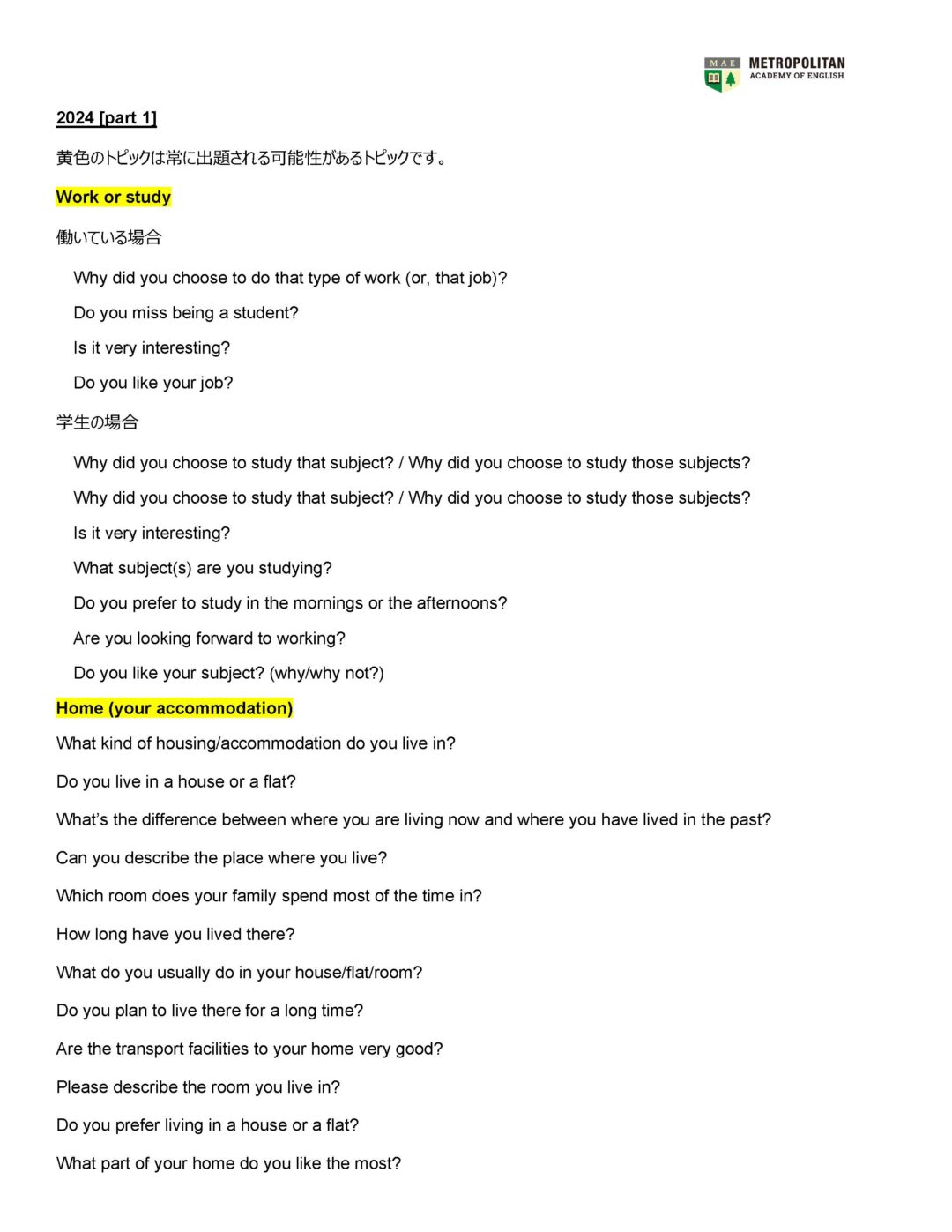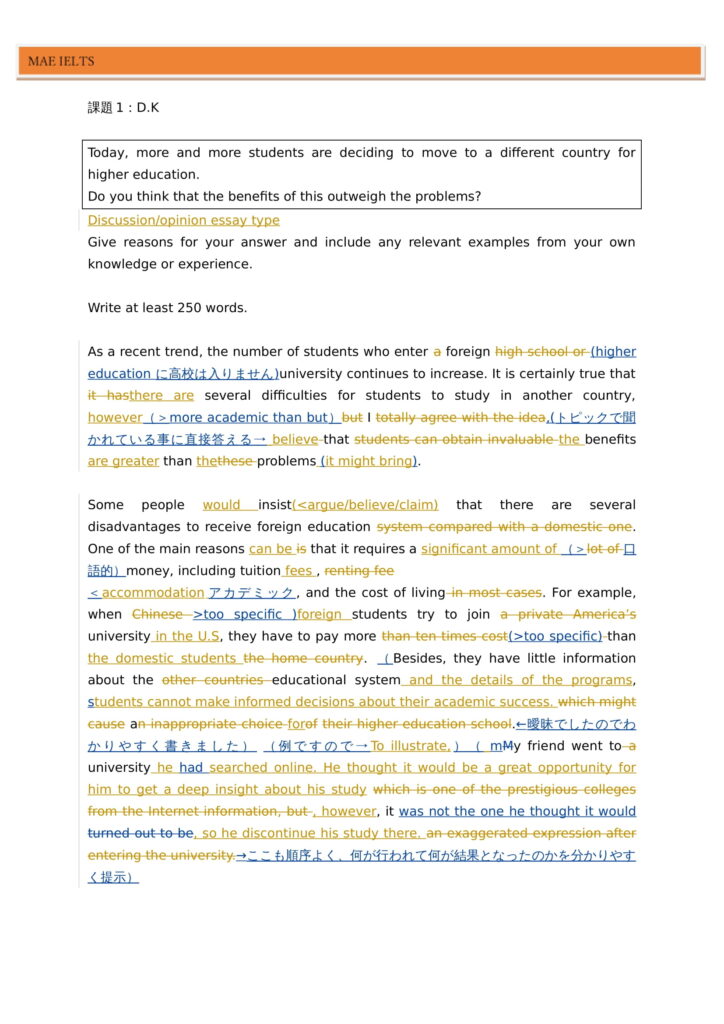IELTS リーディング レベルチェックテスト【アカデミック】
IELTSアカデミックリーディングのレベルチェックをしてみましょう。
制限時間は20分です。時間は自分で測ってやってみましょう。スコアの目安は、バンドスコア換算法を基準にしています。
| You should spend about 20 minutes on Questions 1-13, which are based on Reading Passage 1 below. |
THE BATTLE OF TOWTON
March 29th, 1461, in tiny Towton was one of the bloodiest days in English history, yet only recently have a small number of soldiers’ bodies undergone exhumation and examination. Several thousand still lie buried in mass graves on the battlefield. Early analysis of the remains has led to a reassessment of medieval warfare.
Towton, a village in the north of England, between York and Leeds, is unknown to many English people. History taught at school largely ignores the mid-15th century. Towton itself has neither museum nor large memorial, merely a roadside cross to mark where the battle took place.
In 1996, a building nearby called Towton Hall was being renovated when labourers unearthed skeletons in its grounds and beneath its floor. Twenty-eight of these were complete; another 20 or so were partial. What shocked archaeologists was the violent way in which the men had met their deaths and the callous manner of their burial. We are all familiar with the gory wars of the 20th century, and might assume that technology and politics have become more destructive over time. However, it could be the case that humans have long been vicious – only now is the evidence coming to light.
So what was the Battle of Towton? It was one clash of many between two powerful families – the Lancastrians and the Yorkists – who each wanted their king to rule England. The Lancastrians believed the current King of England, Henry VI, was incapable if not insane, whereas the Yorkists, led by Richard Plantagenet, supported Henry since he had chosen Richard as the next king. When Richard was killed in 1460, his son Edward, only 18, vowed to assume the throne in his father’s place. Needless to say, the Lancastrians disputed this. Effectively, the Battle of Towton would legitimate Edward’s reign.
Prior to Towton, military encounters in England had been small-scale: battles were fought with hundreds or at most a few thousand men, and no army was professional. In so-called peace time, private armies consisted of men – ranging in age from 15 to 50 – whose levels of fitness were variable, and whose training and equipment were poor. This meant that when fighting did erupt, it seldom lasted long – perhaps just a few days. Nor were many men killed. In fact, there is evidence that more men died from their wounds or other illnesses after combat. Towton it seems was different, for here was a battle in which both sides assembled large armies, and there were terrible casualties in the field.
The number of soldiers killed at Towton is a matter of speculation as few records have come down to us, and those that do survive may have exaggerated the victory of King Edward IV, as Edward became, in order to intimidate his enemies. One estimate of the dead is 28,000 out of the 75,000 soldiers who took part. These 75,000 represent 10% of all fighting-age men in England at the time – the total population being just three million. Twenty-eight thousand dead on one day is, therefore, a staggering number.
As injuries show on the skeletons of soldiers already studied, those men were hacked to death, shot by arrows, or trampled by horses. Some of the first bullets used in England were fired that day. Lead-composite shot has been dug up on the battlefield, and one archaeologist claims to have found part of a handgun, but there are no obvious deaths from guns, and it is hard to say how they were used. The most effective weapon was the poleaxe – a long, heavy iron weapon with a sharp tip, a small axe blade on one side and, on the other, a large sharp head like a Philips-head screwdriver. It was used to kill soldiers who were running away as battle lines broke up, and it is thought this is how most of the Lancastrians buried at Towton Hall died.
It is not known why the death rate in this battle was so high, nor why the bodies of soldiers were so disfigured. Skeletal evidence indicates that often a dozen blows were given to a man who would have been killed by the initial two or three. Archaeologists are uncertain when these additional blows were made – on the battlefield or in the burial process – but such savagery suggests the emergence of a new concept of an opponent as not merely someone to kill but someone whose identity should be utterly effaced. After death, in a ritual never before seen in English warfare, soldiers were stripped of their clothes and tossed into mass graves to further dehumanise them.
It is easy to forget that in medieval England burial was sacred, and people believed ascent to Heaven only took place when the body of the dead was whole. In all Europe, there is only one other known mass grave on the scale of Towton from around the same time – that is in Sweden from 1361. T here, however, soldiers from the Battle of Wisby were buried whole in their armour.
It appears that the savagery of the Yorkists did effect submission since Edward remained king for the next 22 years.
Today, at Towton, work continues on excavation and analysis of the medieval skeletons. Theories about a new kind of violent warfare and the purpose of mass graves abound. It seems that organised brutality is no recent phenomenon; it existed 550 years ago.

 English
English 

